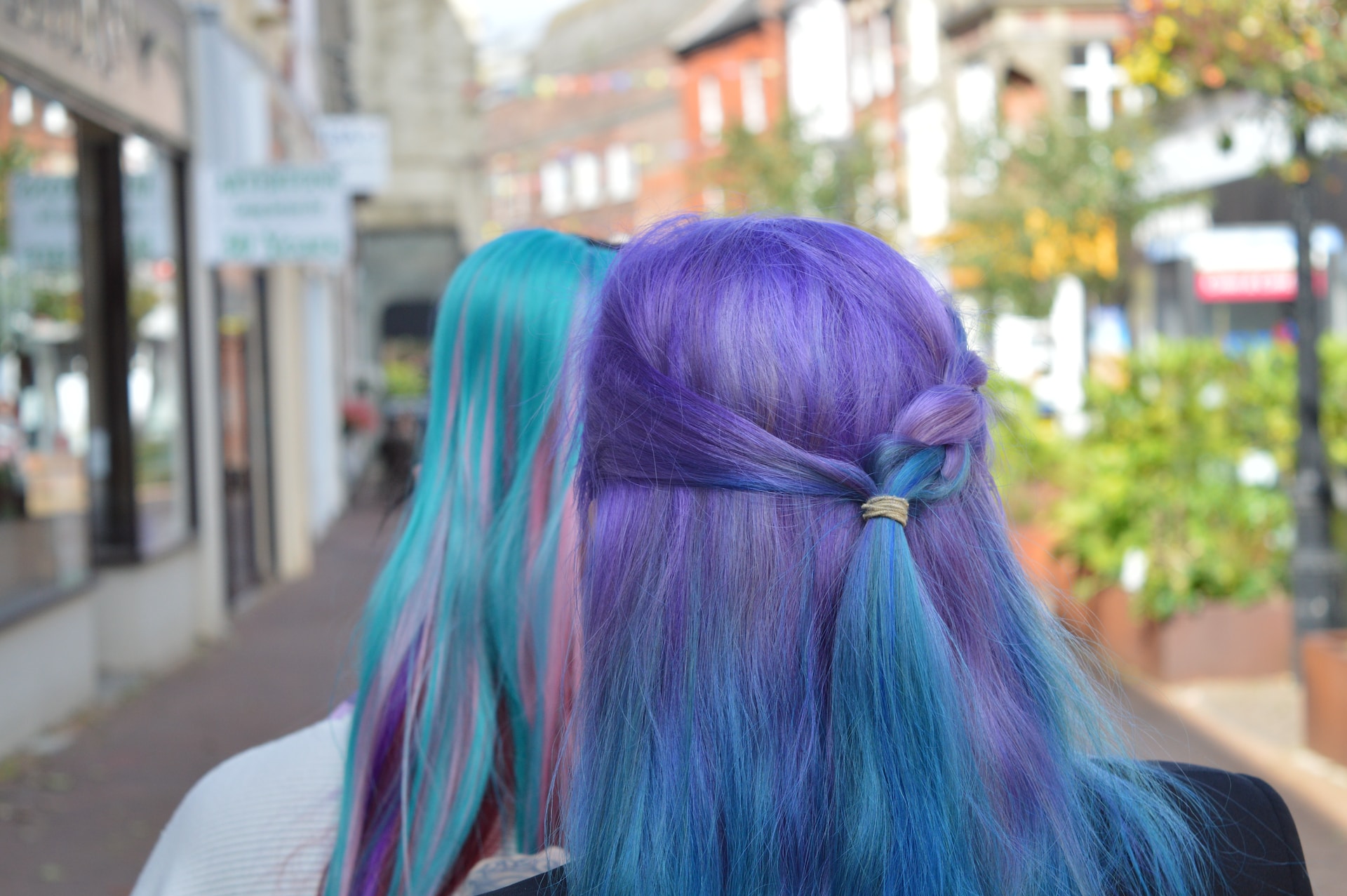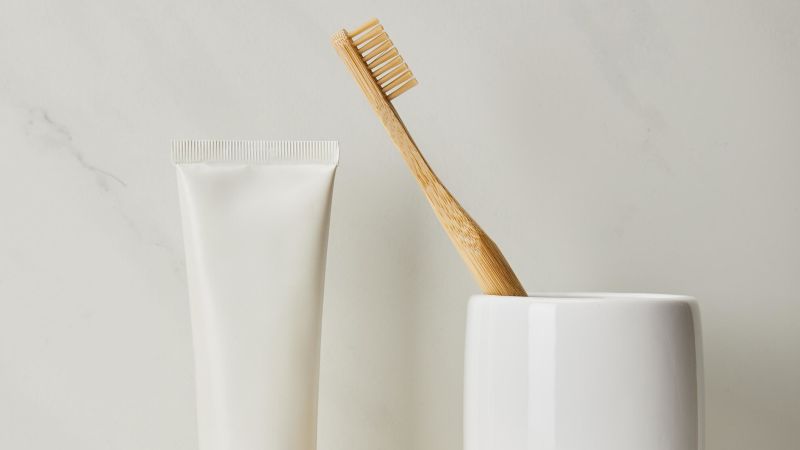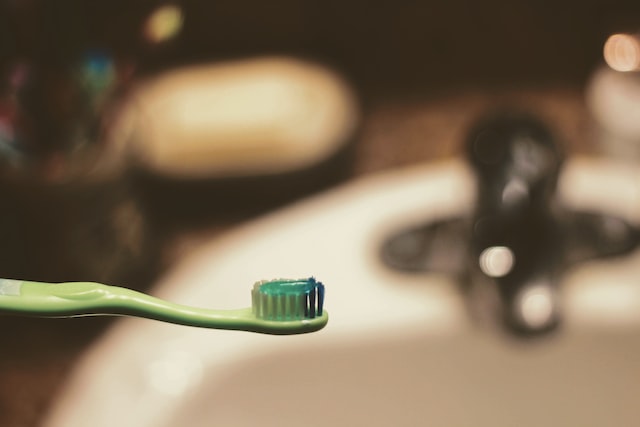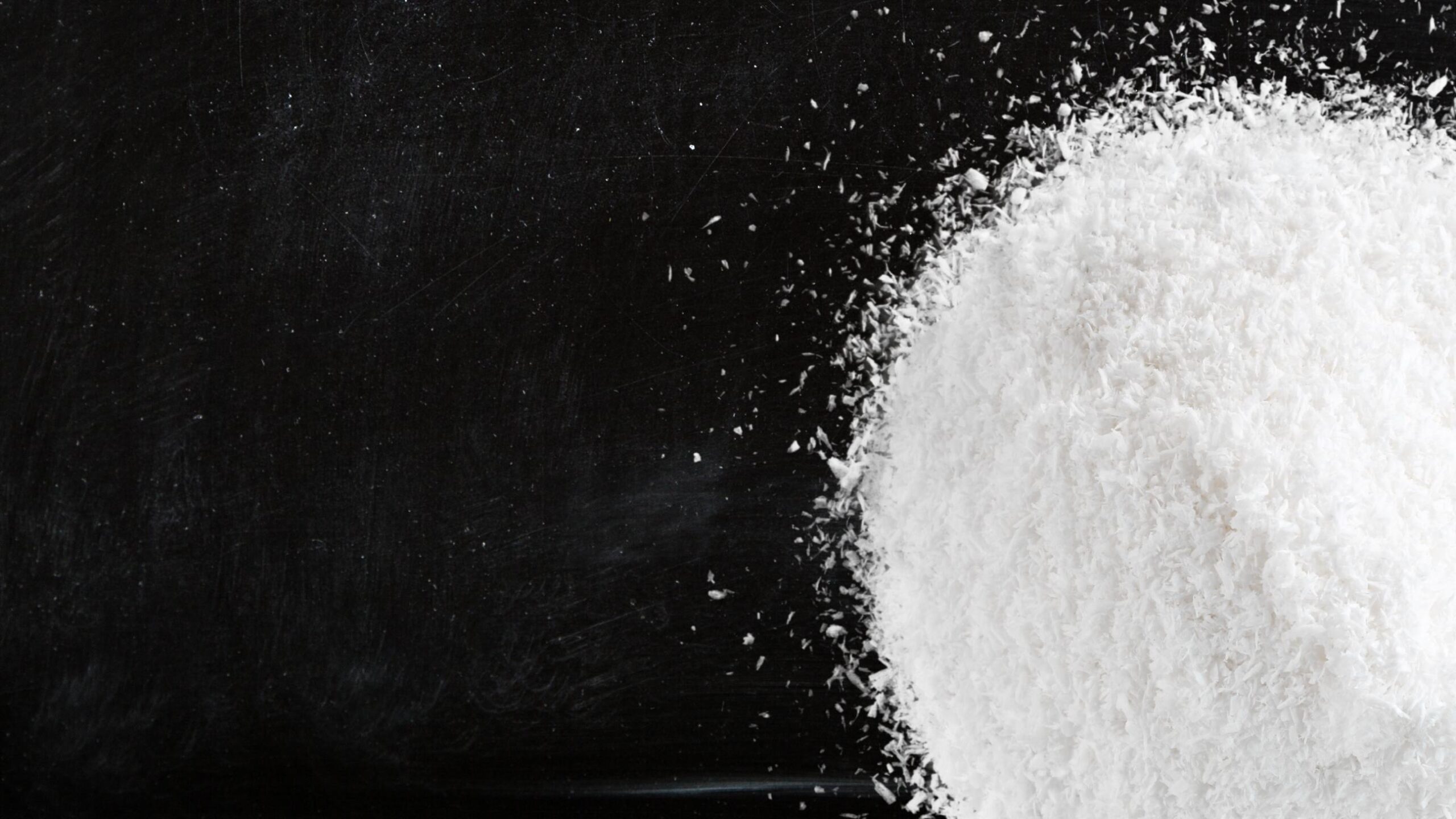Some hair dyeing products placed on the EU market contain the advice to assess skin
sensitisation by performing a user test before dyeing the hair (“self-tests”). The exact
protocol depends on the manufacturer/Responsible Person.
On 24 April 2023, the EU Personal Care Association – Cosmetics Europe – published a new recommendation on the Allergy Alert Test (AAT) for hair colouring products, providing harmonised wording and pictograms to be used as risk management measures.
In summary, the harmonised procedure involves mixing together small amounts of the colorant and developer, applying to the inner forearm and leaving for 45 minutes. After 45 minutes the mixture is removed. If there is no reaction within 48 hours, the hair colorant may be applied in accordance with the instructions for use provided.
References:
Cosmetics Europe Recommendation N° 27 – Allergy Alert Test for hair colouring products, 2023






